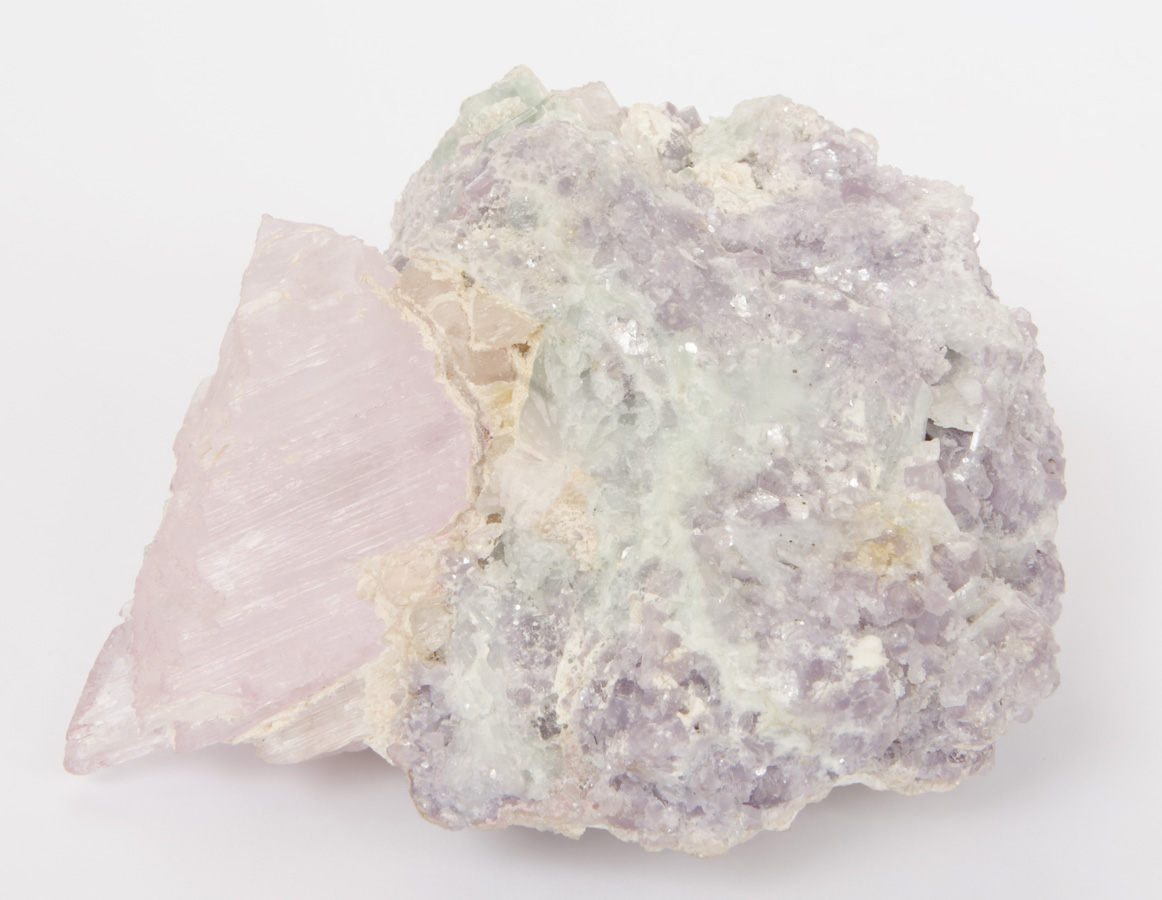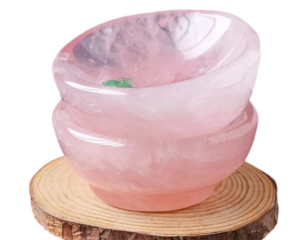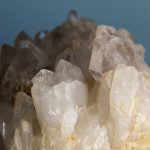Kunzite is a pink to purplish color variety of spodumene. It is a relatively recent gemstone, having been first discovered in the 20th century. It was first found in the pegmatites of Pala, California, in 1902, and is named after the famous mineralogist George F. Kunz who first identified it. Though it wasn’t until the 1990’s that this gemstone became a more mainstream gemstone, having been used only as a collectors gemstone prior to that time.
Kunzite is a very attractive pink gem, but is notorious for its habit of color fading in prolonged exposure to strong light. Although the color-fading effect is very slow, most people still prefer to wear Kunzite jewelery in the evening to avoid sunlight exposure. Kunzite is regarded as an evening stone for this reason.
Kunzite deposits are quite extensive and yield large amounts of this gemstone, thus making it very affordable. Extremely large and flawless crystals of Kunzite have been found, and these can yield very large and flawless faceted gemstones.
The perfect cleavage and splintery fracture of Kunzite makes it a difficult gemstone to facet. It is very sensitive to knocks and will chip if hit too hard. Kunzite is known for its strong pleochroism, showing lighter and more intense coloring when viewed at different angles. For this reason, it is always cut to show the deepest pink color through the top of the gem. The deeper pink the Kunzite, the more valuable it generally is.




























Leave a Reply
You must be logged in to post a comment.